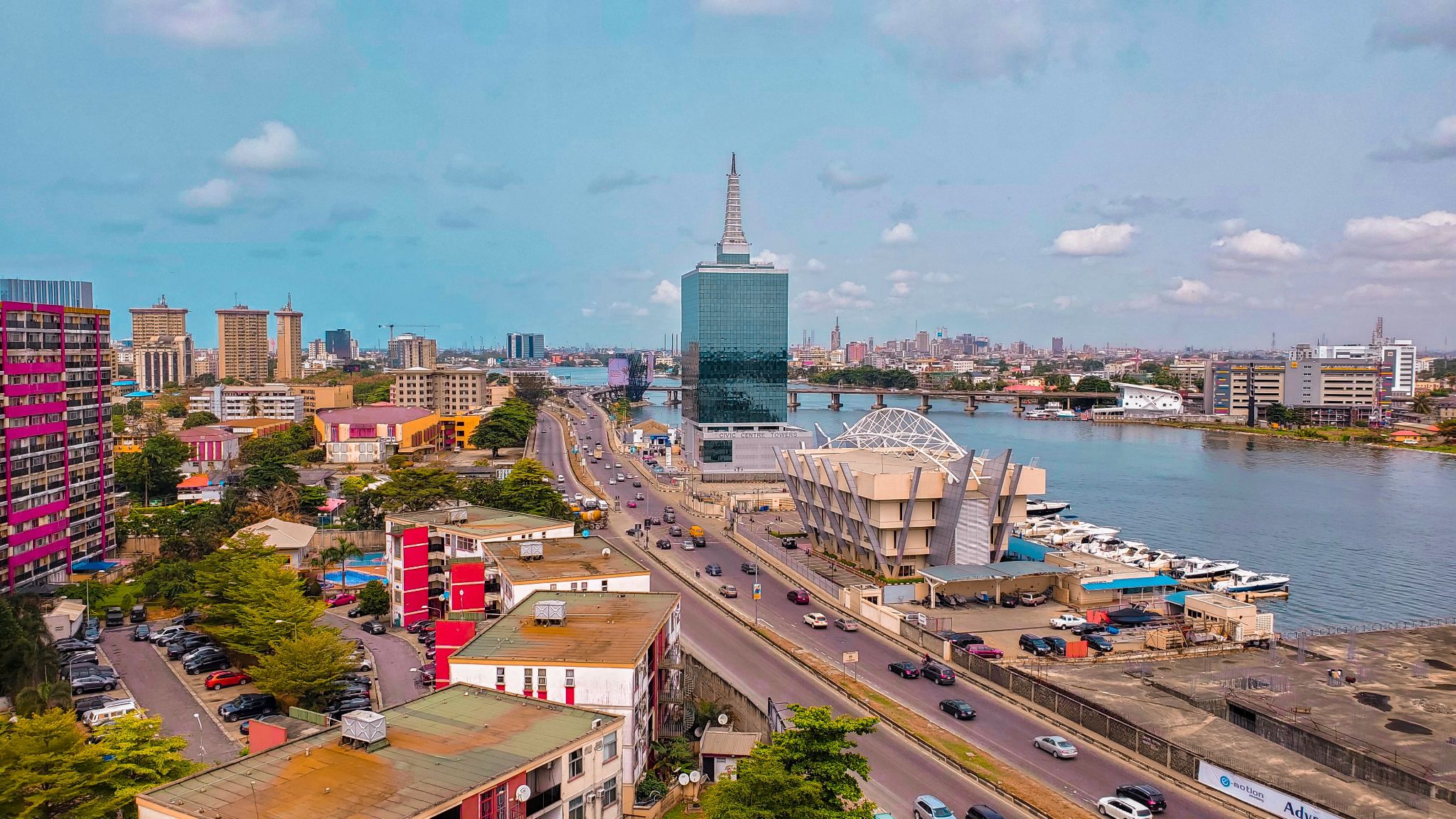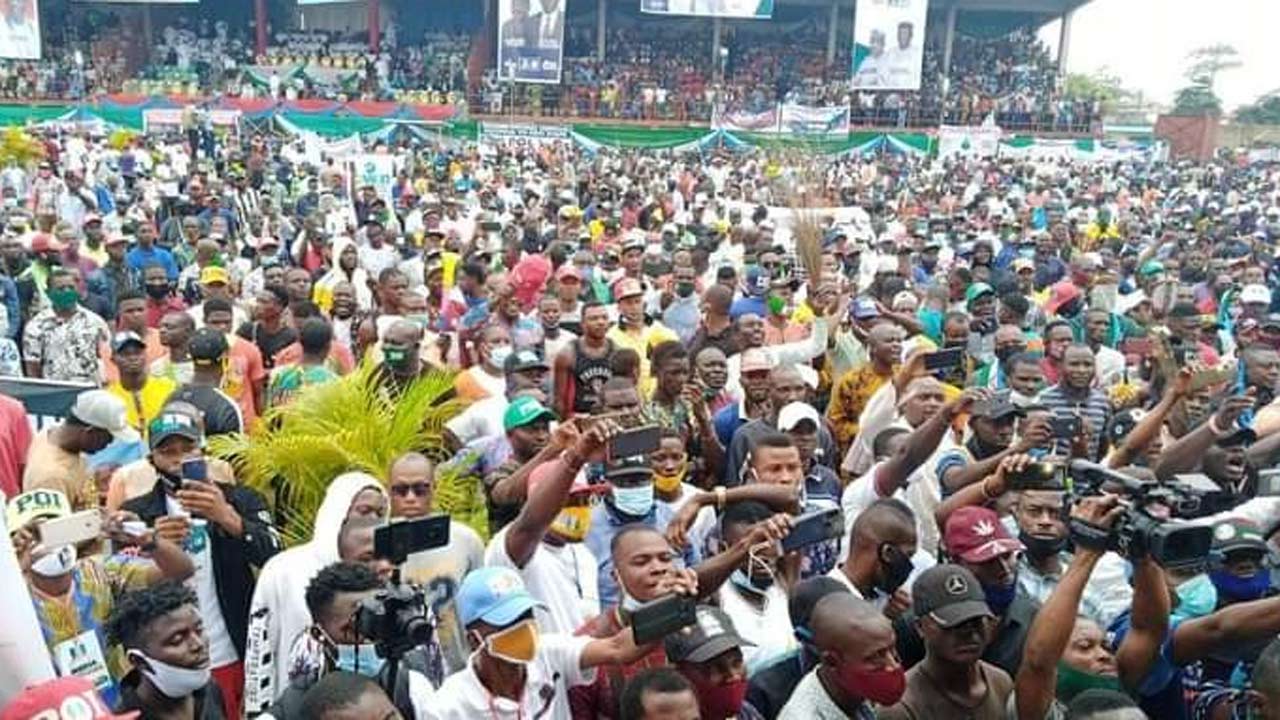Taxation is the lifeblood of modern states. It is the difference between the developed and the developing countries of the world. Without exaggerations, countries like the United Kingdom, the United States, Canada, Japan, and China would not have been great outside their tax systems, which remain effectively as their economic strengths.
The ability of a government to mobilise internal resources determines not only its fiscal independence but also its capacity to deliver public goods and services, especially housing, roads, rail tracks, education, health, quality environment and sanitation. In Nigeria, Lagos State occupies a unique position in this regard. Widely reputed as Nigeria’s economic powerhouse, Lagos is a megacity that contributes over 20 per cent of Nigeria’s Gross Domestic Product (GDP), accounts for 60 per cent of Nigeria’s industrial and commercial activities, and generates more than 50 per cent of the country’s non-oil revenues.
Globally, taxation is at the heart of development. Countries that have achieved sustainable growth such as Singapore, South Korea, and South Africa consistently maintain higher tax-to-GDP ratios, averaging 15–30 per cent, compared to Nigeria’s modest 10.86 per cent – 13.5 per cent between 2021 and 2025. Lagos State with an internally generated revenue (IGR) of N1.3 trillion in 2024, rising from N895 billion in 2023, dwarfs other Nigerian states and even rivals the budgets of some smaller African countries.
The state’s experience with taxation, infrastructure provision, and development offers a compelling case study in how subnational governments can leverage internally generated revenue to drive progress. Yet, it also illustrates the complexities of tax administration in a rapidly urbanising society.
Lagos State has the highest IGR among Nigeria’s 36 states, largely due to its sophisticated tax administration under the Lagos State Internal Revenue Service (LIRS). For context, Lagos IGR alone in 2023 (N895bn) was more than twenty-three times higher than that of Kano State (N38bn), and more than the combined revenues of 20 lower-ranked states.
This financial muscle has allowed the state to reduce its dependence on federal allocations, positioning it as a relatively fiscally autonomous entity. Taxes collected in Lagos come primarily from Personal Income Tax (PIT), corporate taxes, consumption taxes, and levies on businesses. The impact is visible. The widely acclaimed Bus Rapid Transit (BRT) system, the ongoing expansion of the Lagos-Badagry Expressway, the Lekki Deep Sea Port, and the Blue Line Rail Project are financed through tax revenues and complementary loans.
The infrastructure investments have boosted Lagos’ competitiveness, helping the state attract over $5 billion in Foreign Direct Investment (FDI) between 2018 and 2022, according to the Nigerian Investment Promotion Commission (NIPC).
The principle of taxation is rooted in the social contract: citizens contribute a portion of their income in exchange for public goods and services. In Lagos, this contract is under constant scrutiny. While the state has made notable investments, many residents still contend with over 70 per cent of roads in poor or fair condition (NBS, 2022), perennial flooding, unreliable power supply, and congestion.
For taxpayers, especially those in the informal sector, the burden can feel disproportionately heavy. The informal sector contributes nearly 65 per cent of Lagos’ GDP but remains the most harassed by multiple levies, from market dues to signage fees. This creates the perception of “tax without service,” especially in areas like Apapa, where businesses paying high taxes still grapple with gridlock and poor roads.
The sustainability of Lagos’ tax system rests on convincing taxpayers that their sacrifices translate into visible improvements. Countries such as Rwanda, where tax compliance rose from 31 per cent in 2000 to over 70 per cent in 2020, show that transparency and service delivery are the keys to building trust.
Infrastructure is the backbone of economic growth. Lagos invests heavily in this area, but demand far outpaces supply. With a population of over 20 million (UN-Habitat, 2023) and an estimated daily influx of 6,000 new residents, the strain on public facilities is immense. Transportation illustrates this well.
Traffic congestion in Lagos is estimated to cost the economy N4 trillion annually in lost productivity (Daniels Research, 2021). The BRT system and the Blue Line Rail Project aim to cut this burden. Similarly, over N200 billion has been invested in drainage and flood control systems in the last decade to tackle flooding, though climate change and unplanned settlements undermine progress.
Housing remains another challenge. Lagos requires over 500,000 housing units annually, but produces less than 20,000 units (NBS, 2023). Health infrastructure is also strained: with only 1.4 hospital beds per 1,000 people, Lagos falls below the World Health Organization (WHO) recommendation of 5 per 1,000. The central question remains whether Lagos’ tax-driven investments can keep pace with its rapid urbanisation.
A striking feature of Lagos is the dominance of the informal sector, which employs over 70 per cent of the workforce. From traders in Balogun Market to transport operators in Oshodi, millions of Lagosians operate outside the formal tax net. The government has made efforts to capture this segment through presumptive taxes, harmonised levies, and digital payment platforms. However, enforcement often leads to friction, with reports of harassment by tax agents. For many, taxes are seen as punitive rather than a civic duty.
Globally, countries like Kenya and Ghana have successfully integrated informal sectors into the tax net using mobile money and simplified tax regimes. Lagos could adopt similar incentive-based approaches, linking taxes to benefits such as access to microcredit, health insurance, or business training.
Another concern is equity. While wealthy districts like Ikoyi, Victoria Island, and Lekki contribute significantly through property taxes and PAYE, low-income areas such as Ajegunle and Makoko remain underserved despite residents paying informal levies. This inequity erodes trust. Data from Lagos’ Ministry of Economic Planning shows that over 60 per cent of infrastructure spending between 2016–2022 went to high-profile districts, while low-income communities received less than 20 per cent.
Such imbalances deepen the sense that taxation benefits the elite. Successful global models — Singapore (tax-to-GDP ratio of 14.2 per cent) and South Korea (over 27 per cent) — show that equitable distribution of tax revenue builds legitimacy and accelerates inclusive development. Lagos must learn from this.
Despite Lagos’ giant strides as an economic powerhouse and huge infrastructural investor, challenges persist. Firstly, Lagos overly relies on a narrow tax base, represented largely by the formal sector workers and corporations, while informal contributions remain minimal. Secondly, Lagos grapples with urbanisation pressures with a population growth rate of 4 to 5 per cent annually, outstripping infrastructure growth. Thirdly, Lagos is also faced with a challenge of public trust, where over 40 per cent of Lagos residents believe that tax revenue is not transparently used. Lastly, some Lagos residents cast doubts on Lagos’ ability to justify tax revenue, considering its debt profile of over N1 trillion in 2023.
In consolidating the gains of the past and present, and addressing lingering concerns, Lagos must adopt the following pathways for Sustainable Tax-Driven Development.
Deepen the tax net inclusively – Incentivise informal sector compliance through microcredit, social protection, and digital platforms.
Enhance transparency – Publish annual “Tax for Development” reports linking revenue to projects.
Prioritise multiplier projects – Invest in transport, power, and flood control with direct impact on productivity.
Ensure equity – Allocate resources visibly to underserved communities.
Leverage PPPs – Expand private sector participation in housing, transport, and health.
Adopt global benchmarks – Aim to raise Lagos’ tax-to-GDP ratio closer to the African average of 16 per cent within a decade.
In conclusion, the Lagos experience demonstrates the pivotal role of taxation in driving infrastructure and development. The state’s ability to mobilise internal resources has given it an edge over its peers, enabling ambitious projects and reducing dependence on federal allocations. Yet, the journey is incomplete.
To truly become a global megacity, Lagos must build a taxation system rooted in fairness, transparency, and inclusivity. Every naira paid by citizens must translate into better roads, schools, hospitals, and services. Development should not be for a privileged few but for the millions who call Lagos home.
In a country struggling with fiscal challenges, Lagos offers a model of what is possible when taxation is harnessed strategically. But it also serves as a reminder: without citizen trust, inclusivity, and prudent management, the promise of tax-driven development risks being unfulfilled.
The future of Lagos, and indeed Nigeria, lies in building a taxation system that strengthens the bond between government and governed, ensuring that infrastructure and development are not abstract promises but everyday realities.
Bakare is an Estate Surveyor and Valuer. He wrote from Lagos.






